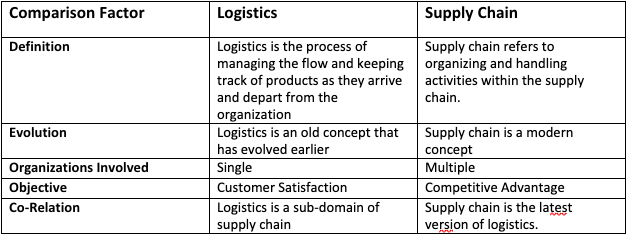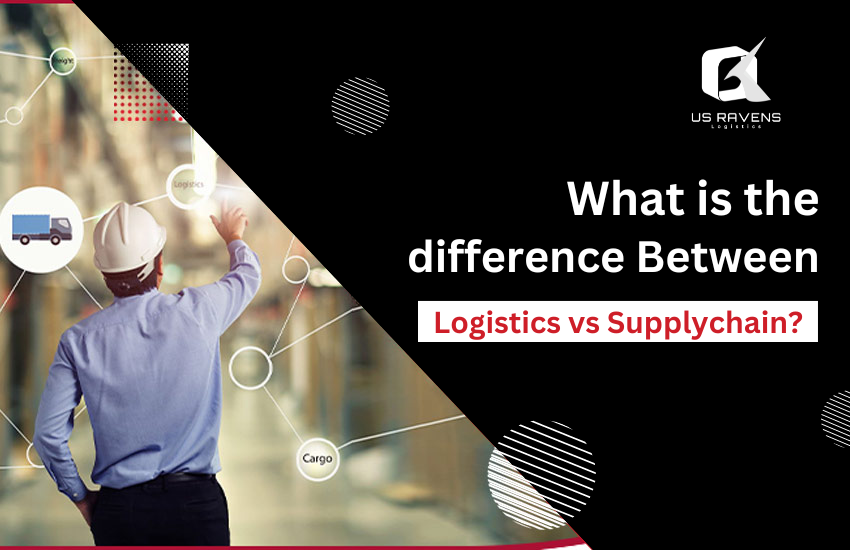In the world of organizational operations, two terms that get overly used are “logistics” and “supply chain management,” which are used interchangeably but refer to different concepts. Though these two areas do share certain similarities, they are fundamentally distinct. Therefore, by recognizing the difference between logistics vs supply chain management and how they interrelate, you can better equip your business to ensure seamless operation of its logistics needs.
Logistics represents a narrower function within the expansive domain of supply chain management. Supply chain management encompasses a holistic flow of goods, services, information, and funds from raw materials to the customer. In contrast, logistics management concentrates on these products’ physical movement and delivery. This article aims to clarify the difference between logistics vs supply chain management. Let’s begin!
Logistics vs. Supply chain: Understanding their Differences in Detail
The COVID-19 pandemic, which emerged in early 2020, has highlighted the fragility of global supply chains and the challenges in maintaining them for the public, making this a hot topic of discussion globally. While “logistics” and “supply chain management” are commonly used synonymously, there is a distinct difference between logistics and supply chain.
What is Logistics?
Logistics is the management process of effectively and efficiently coordinating the flow of products or materials, from acquiring raw materials to supplying finished products or services directly to the consumers. The idea behind this process is to ensure that the business produces the correct product of the right quality at a specific time and place and a certain price to the final destination.
The logistics activities are divided into two broad categories. They are:
- Inbound Logistics: These are the processes of acquiring or obtaining material, moving, storage, and transportation.
- Outbound Logistics: Logistics operations are all those activities that are involved in the acquisition, storage, transfer, and delivery of products to the ultimate user.
Besides these, some other activities include storing, protective packaging, order picking, inventory control, achieving a balance between demand and supply and inventory control. This will lead to reduced costs, efficiency in time, and production of quality products, among other benefits.
What is a supply chain?
The supply chain can be described simply as a range of processes linked together and involve the flow of goods in the production process and the supply of the products from the production stage up to the customer. This chain of activities would not have been possible without the help of multiple organizations that have put efforts collectively to bring this to existence.
These businesses may include logistic service providers with which the business collaborates to get shipments from partners/vendors/supplier companies, manufacturers, wholesalers/retailers, and consumers. It may embrace integration, sourcing, procurement, production, test, logistics, customers service, and measurement of performance, among others.
Supply chain management has a 5x time view, which entails the management of materials and in-process goods in the organization and the finished products outside the organization to the end user with total customer focus.
Logistics vs. Supplychain: Comparision Chart

So, Is Logistics and Supply Chain the Same?
To summarize the differences between logistics and supply chains, they manage the entire processes of sourcing raw materials, transforming them through processing or manufacturing, and ultimately delivering the finished products to the right destination. On the other hand, logistics business functions transport and store those goods as they move between the various organizations within the supply chain. Overall, a robust supply chain and logistics services provider is a competitive advantage for every business involved. By expanding your definition of the supply chain and the activities that fall under it, you can better identify and focus on the opportunities for collaboration and gain a broader vision of the strategy that your business partners will appreciate.



